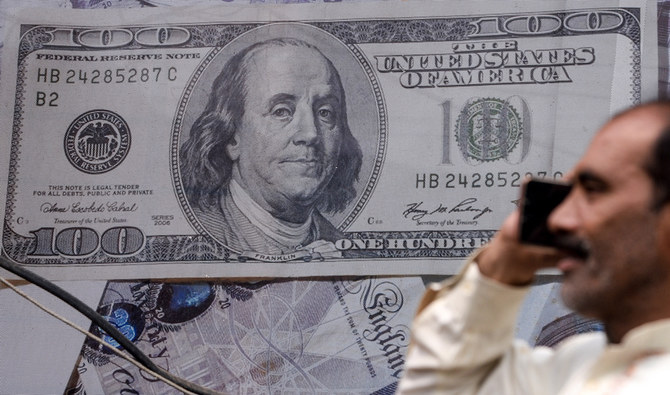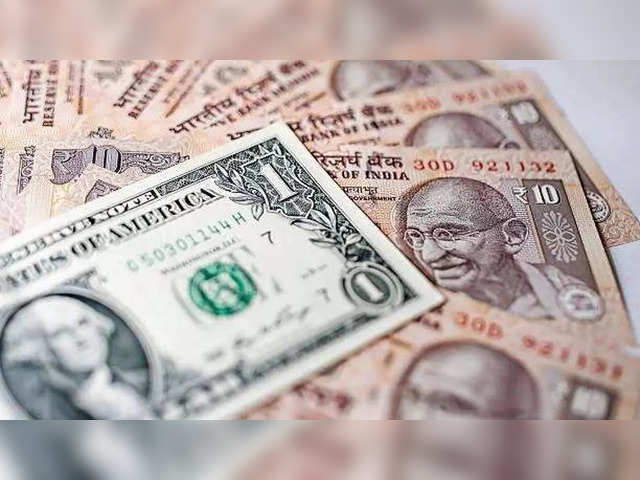Resurgent Rupee Surges Past Psychological Barrier, Strengthening Against USD

Resurgent Rupee Surges Past Psychological Barrier, Strengthening Against USD
In a surprising turn of events, the Indian rupee, India’s national currency, has surged past a significant psychological barrier against the US dollar, dropping below 83 for the first time since October 2022. This unexpected development has caught the attention of economists, financial analysts, and the general public alike, igniting discussions about its potential implications for India’s economy, trade relationships, and the global financial landscape.
Breaking the Barriers
The rupee’s triumphant plunge below 83 against the USD marks a significant milestone for India’s economic landscape. This landmark development has been welcomed by many, as it reflects a renewed resilience of the Indian currency after a period of fluctuation. The last time the rupee held such a strong position was nearly a year ago in October 2022, and its resurgence brings optimism to India’s financial markets.
A Complex Interplay of Factors
The resurgence of the rupee can be attributed to a multifaceted interplay of factors. One key driver is India’s improving economic indicators. The country has been witnessing a steady recovery from the pandemic-induced economic downturn, with sectors such as manufacturing, services, and agriculture showing signs of growth. This upswing in economic activity has bolstered investor confidence in the Indian market, thereby leading to increased foreign investment and a higher demand for the rupee.
/cloudfront-us-east-2.images.arcpublishing.com/reuters/RYSKEML6TVIDZMDMQBXWK2BZIE.jpg)
Moreover, the Reserve Bank of India’s (RBI) vigilant monetary policies have contributed to this upward trend. The RBI’s cautious approach to interest rates and its efforts to maintain adequate foreign exchange reserves have instilled a sense of stability in the currency markets, attracting both domestic and international investors. This cautious management has also acted as a cushion against external shocks, preventing excessive volatility in the currency’s value.
Global Trade Dynamics
The rupee’s resurgence against the US dollar has far-reaching implications for India’s global trade relationships. As the Indian currency strengthens, Indian exporters find themselves in a more advantageous position. A stronger rupee means that Indian goods and services become more affordable for foreign buyers, potentially boosting exports and narrowing the trade deficit. This development aligns with India’s aspirations to expand its international trade and secure a stronger foothold in the global market.
Conversely, the impact on imports could be mixed. While a stronger rupee can make imported goods cheaper, it might also affect domestic industries by making them less competitive. Striking the right balance between promoting exports and safeguarding domestic industries will be crucial for policymakers as they navigate this currency shift.

Challenges on the Horizon
While the rupee’s recent surge is undoubtedly a positive sign, there are potential challenges that need to be addressed. One concern is the possibility of the rupee becoming overvalued. An excessively strong rupee can harm export-oriented industries by eroding their competitiveness on the global stage. It can also discourage foreign investors looking for a more favorable exchange rate, thereby affecting capital inflows.
Furthermore, the global economic landscape remains unpredictable. Factors such as changes in US Federal Reserve policies, geopolitical tensions, and unforeseen events like the outbreak of new variants of the pandemic can quickly impact currency values. Therefore, maintaining a balance between promoting economic growth and safeguarding against external shocks will be paramount for India’s financial authorities.
The Road Ahead
As the Indian rupee continues to surge past psychological barriers against the USD, the nation stands at a critical juncture. This currency upswing provides an opportunity for policymakers to strategize and strengthen India’s economic foundations further. It also emphasizes the importance of a comprehensive approach to economic growth, encompassing not only currency management but also reforms in various sectors.

To capitalize on this momentum, India should prioritize structural reforms that enhance the ease of doing business, boost productivity, and attract long-term investments. A holistic approach to economic growth will not only sustain the current currency momentum but also establish a foundation for continued resilience in the face of global economic uncertainties.
In Conclusion
The rupee’s remarkable drop below 83 against the US dollar since October 2022 heralds a promising shift in India’s economic trajectory. This resurgence is a testament to the nation’s growing economic resilience, bolstered by prudent monetary policies and improving economic indicators. While the benefits are evident, challenges remain in maintaining a balanced exchange rate that fosters export growth while protecting domestic industries.
India’s journey toward economic prosperity hinges on its ability to adapt to changing global dynamics while fostering a conducive environment for domestic and foreign investment. The surge of the rupee is not merely a numerical feat but a reflection of India’s determination to stand strong in the face of economic challenges. As the nation navigates the road ahead, the lessons learned from this currency resurgence will undoubtedly shape India’s economic policies for years to come.




